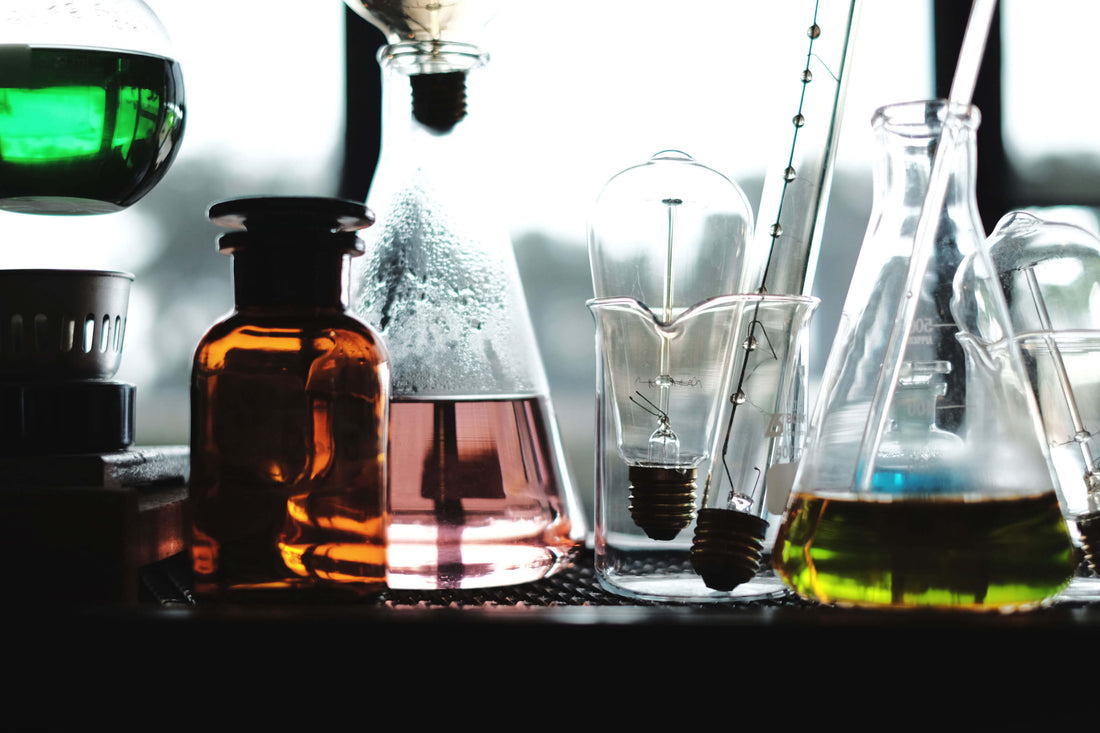Although cannabinoid acids are not known to produce intoxicating effects like THC they can produce interesting effects of their own. All cannabinoids start in their acidic versions and when applying the appropriate heat, these acids change the compound into non-acidic versions that are most known today.
These cannabinoids exhibit a range of benefits in both their acidic and non-acidic forms. The effects can range from antibiotic properties, reduce anxiety, stimulate appetite, control nausea, vomiting and so much more.
- CBGA (Cannabigerolic acid) is a type of cannabinoid and often referred to as the mother of all cannabinoids and is processed by the body’s endocannabinoid system. CBG is responsible for keeping our bodies in an optimal state, no matter the external environment.
- THCA (Δ9-tetrahydrocannabinolic acid) is most recognized as the main psychoactive ingredient in cannabis, which can cause to feel ‘high’. It stimulates the release of dopamine in the brain, which leads to the feeling of euphoria. The effects vary in strength.
- CBDA (Cannabidiolic acid) is generally derived from the hemp plan and risen in popularity in the last few years. Known as the non-intoxicating co-primary acid found in cannabis, it has a broad range of potential medical healing properties such as helping with anxiety, inflammation, pain, and seizures. CBD is the most attractive therapeutic compound of the cannabis plant.
- CBCA (Cannabichromenenic acid) currently known as a chemical precursor to CBC still in the beginning of research and being explored to understand its full potential. Researchers are optimistic that the molecule may hold a great impact in the future of cannabinoid science. CBC ranks as one of four major phytocannabinoids.
- CBGVA (Cannabigerovarinic acid) is the precursor of cannabigerovarin (CBGV). During the maturation process of Cannabis sativa, flowers produce a wide variety of acids. CBGVA and CBGA are among the first acids produced are research for both its anti-inflammatory and anti-cancer effects
- THCVA (Tetrahydrocanabivarinic acid) is the molecular precursor to THCV and through decarboxylation, it converts to THCV. It can be ingested raw, through juicing methods and study has found to not make any direct contact with CB1 or CB2 receptors. Research so far suggests that its possible benefits are identifiable, believing that it may act as a pain reliever, could reduce inflammation and has anti-cancer properties, particularly in prostate cancer.
- CBDVA (Cannabidivarinic acid) is the acid precursor of CBDV, a close chemical relative to CBD. CBDVA is sometimes included in research where the benefits of non-psychoactive cannabinoids for certain conditions are being investigated. It has been pulled into studies of potential anticonvulsant effects, which is currently a highly focused topic within the cannabis research community.
- CBCVA (Cannabichromevarinic acid) is one of the major compounds in cannabinoids and targets receptors in the body to improve our daily functions such as appetite, sleep, emotions, and physical movement. Over a hundred and ten cannabinoids exist with CBCVA as one powerful compound in the cannabinoid profile. CBCV is has not been found to be psychoactive or impairing in any way, and is believed to be safe for children and adults and is a compound found in medical marijuana
